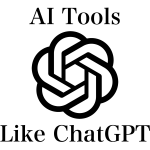Shopware 6.5 Update Overview: First Steps Into AI-first Open Commerce

Have you heard about the new Shopware 6.5 update? If not, you’ve arrived at the right place. This is a new significant release from Shopware.
Today, we’ll go over every detail of this massive release. We’ll review what we were promised before the release and examine what we got. Also, don’t forget to look at what has changed on the front end in addition to the technical parts.
Most importantly, let’s talk about how this will effect your platform work.
We are also planning to look at how AI is integrated into the platform and what Dockware is.
So, let’s get started.

Table of contents
- 1 What is Shopware?
- 2 Shopware 6.5 – New Major Update
- 3 Shopware 6.5 from Storefront Perspective
- 4 Shopware’s AI Assistant for Product Descriptions
- 5 Shopware 6.5 – What exactly was in Release Candidate?
- 5.1 Custom entities in Shopware CMS
- 5.2 Combined rule conditions
- 5.3 Queue System
- 5.4 Upgraded Installer
- 5.5 Changed Fonts in the Admin Panel
- 5.6 Increased Administrative Efficiency
- 5.7 New Admin Panel Icons
- 5.8 Bootstrap 5.2.2 Update
- 5.9 Internet Explorer 11 is no longer supported
- 5.10 Removed jQuery dependency
- 5.11 Light Design Update
- 5.12 New Storefront Figma Library
- 5.13 Getting rid of the custom off-canvas implementation
- 5.14 Quantity Selectors Update
- 5.15 Webpack 5
- 5.16 Updates of ESlint, Stylelint, Sass & Babel setup
- 5.17 Use of the SameSite Cookie Strategy Subsequently
- 5.18 Manifest Schema Upgraded
- 5.19 Remove Prefixes in the Manifest File
- 5.20 Updates to the Admin Order Module
- 6 Dockware
- 7 Conclusion
What is Shopware?
Let’s remember what Shopware is.
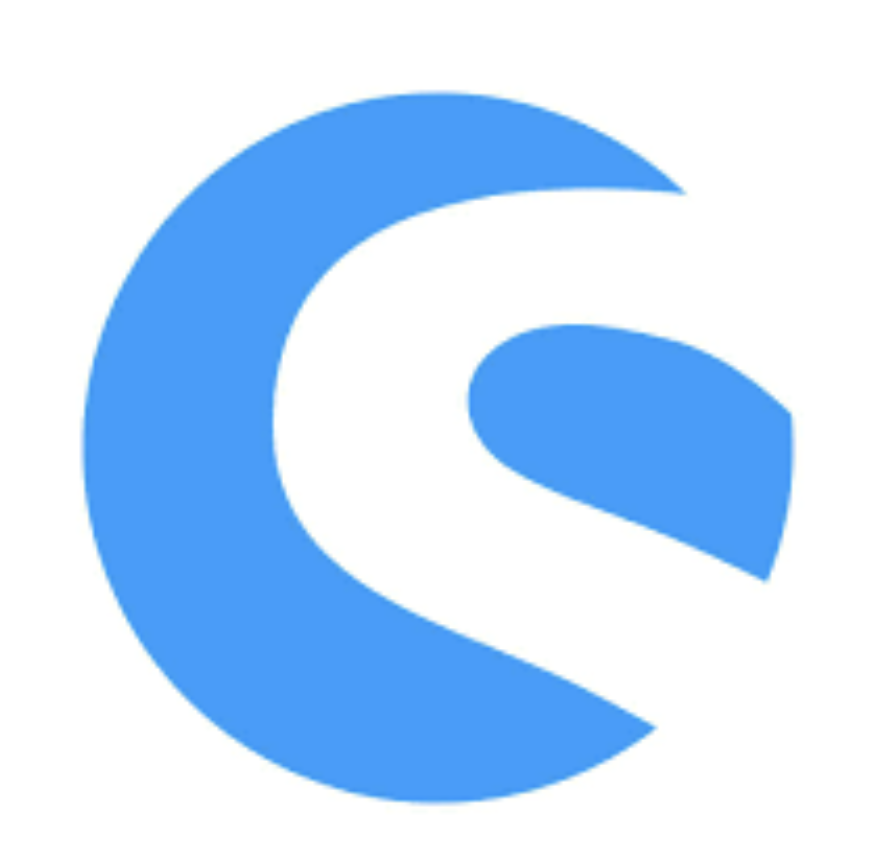
Shopware is an ecommerce platform that allows you to create modern and unique businesses. This platform is notable for its ease of use and emphasis just on feelings of clients throughout the purchasing process.
Shopware is an excellent tool for creating one-of-a-kind and extraordinary user experiences. Because of the environment’s flexibility and ease of use, no extensive knowledge of web design or programming is required.
To summarize, Shopware provides a full ecommerce experience for shop building that is future-proof and competitive for years.
What features does Shopware provide?
Shopware provides a wide range of ecommerce capabilities. You’ll discover features like:
- Drag & Drop Option. Drag-and-drop editing of pages, headers, and content from the back office makes it much easier for each user to construct their own unique online shop. You can quickly design all of the standard e-commerce pages as well as customized landing pages aimed at increasing sales using this capability.
- Multilingual. This enables you to add a variety of language options for consumers to select, as well as the currency shown for all goods on your online store. This function enables you to enter new markets by creating a page that is tailored to the language and currency of each nation.
- Product Management. Shopware makes it simple for businesses to manage their items and inventories. The platform includes a variety of tools for adding, modifying, and categorizing items, as well as bulk import and export capabilities.
- Analytics and Reporting. This feature provides precise analytics and reporting capabilities that enable organizations to track sales, monitor consumer behavior, and find growth prospects.
These are only a few examples of Shopware features. If you want to learn about all of the features, you should read .
The Benefits of Shopware
With the aid of these features, you may gain unique benefits for your Shopware store.
Scalability
This is quite crucial. The ability to develop and grow is critical in online commerce for every organization.
Shopware recognizes that an online store will expand over time, necessitating the expansion of its features, capacities, and alternatives. As such, it is a scalable solution that can be tailored to the demands of an e-commerce company at any moment.
Due to its quick page loading speed with both static and dynamic content, Shopware 6 has extensive scaling potential. It is well known that download speed is affected by PHP code interpretation, traffic speed, and server load. When you develop your marketplace using Shopware 6 Enterprise, you can expect lightning-fast website loading and data processing.
Flexibility
Shopware is a versatile platform that allows you to create e-commerce sites of any size and for any industry.
You may modify your online business to shifting market conditions and client requirements with the aid of this platform. It may be modified with a variety of plugins and extensions and easily integrated with third-party systems like as payment gateways and shipping suppliers.
Enhance User Experience
Shopware focuses on the consumer, constantly prioritizing user experience to increase the exposure of e-commerce sites built using this platform.
It’s also important.
Nowadays, user experience is critical for improving Google ranking and increasing user time on page.
Well, now that we’ve reviewed what a Shopware is, let’s get to the updates.
Shopware 6.5 – New Major Update
Finally, Shopware 6.5 is available. This update was launched in early May 2023. Simultaneously, it introduced several improvements and new features that promise to enrich the lives of all platform users.
Many people have been waiting for this update. Everyone expected a slew of new useful features that would make life easier while also improving platform performance.
Advanced Rule Builder
Shopware has released an enhanced rule builder for your website. You may use this Rule Builder to construct custom rules depending on criteria.

There are several factors and use cases to consider when setting up promotions or calculating shipping costs. However, not all conditions can be applied in every situation. For example, an existing rule may conflict with a new one you’re attempting to implement.
To make rule generation easier, we’ve included explanation fields that explain why some circumstances or rules aren’t assignable. This makes creating rules much easier and more comprehensible.
This makes it simpler to create promos with specific requirements. Irrelevant rules are also highlighted in a different color inside ‘rule-based criteria’ in promotions.
Optimized Order Management
You can accomplish a lot with orders with this module in administration. Orders may be created, maintained, and managed. We’ve updated the module to make everyday work around orders easier, more attractive, and more structured for you.

This 6.5 update includes new order management tools.
- Everything is now neatly organized into distinct themes. This allows you to find what you’re searching for faster.
- When you manually construct orders, you may preview them before saving and placing them. This stage allows you to quickly evaluate all data.
- There is now a new tab for return management in all commercial plans (Shopware Rise and higher)
Expand Flow Creation
Flows with ‘time delay’ may now be created in the flow builder. So, for example, after a particular number of hours, you may automatically send an email. This function is presently accessible exclusively in Shopware Beyond.

Excellent Perfomance
New backend features are great, but enhanced performance is much better. You may benefit from major platform performance enhancements with the most recent Shopware version.
You will receive:
- 5x faster order performance
- 4.5x better median response time across all pages
- 3x higher request throughput uncached
The administration is also faster at 200%. This is due to Shopware’s ability to minimize file sizes by up to 600%.
To summarize, Shopware will make your shopping experience easier, quicker, and more fun.
Providers of external VAT
Because VAT requirements in various countries might be problematic, there is now a tool to link external suppliers. You can connect the providers before (de)activating and prioritizing them.
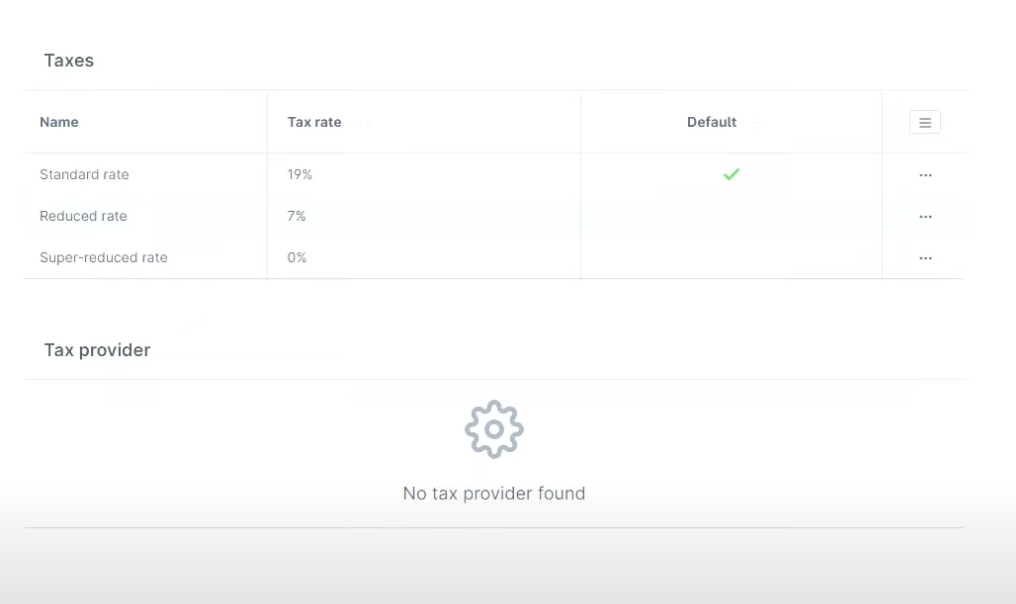
Returns from the Order Overivew
Everyone needs to deal with returns from time to time. The procedure of creating a return order has been much simplified. You can indicate one or more things in your order as a return. A return order is then generated automatically, and a new tab opens at the top.
For Developers
Developers were not forgotten either. The following are the most significant changes for developers:
- Breaking changes in the structure of the “manifest.xsd” file used by app-system-based apps and in the admin order module are among the most significant changes
- There were multiple significant changes with the elimination of support for Internet Explorer 11 and the upgrading of Bootstrap to version 5.5, such as the removal of jQuery as a requirement
- The admin performance and design have been enhanced, and material from custom entities in the CMS may now be used. Adding rules via Apps also becomes more convenient
- There are several more modifications, such as improvements to the queue system and the handling of dependencies from plugin-system-based programs via Shopware’s composer file
Shopware 6.5 from Storefront Perspective
The upgrade altered not just the backend but also the frontend. Let’s have a look at the Shopware 6.5 storefront upgrade.
Internet Explorer 11 browser is no longer supported
Internet Explorer 11 (IE11) is no longer supported by Bootstrap v5, and its market share has declined dramatically. IE11 support has been discontinued. This also enables for the future use of more current web technologies.
Removed jQuery
Bootstrap v5 no longer includes jQuery as a dependency.
In addition, native Javascript APIs and browser support have increased significantly in recent years. As a result, jQuery is no longer available as a dependency in Shopware.
Removed the custom OffCanvas implementation
OffCanvas is now included in Bootstrap v5. Instead of a proprietary implementation, the Storefront in Shopware 6.5 uses this Bootstrap v5 OffCanvas. The API for running the Storefront OffCanvas stays unchanged.
Light Design Update
A slight design change was made to the Storefront. To increase contrast and readability, the primary colors and border colors have been modified.
New Storefront Figma Library
The platform-independent Storefront Figma library was published alongside Shopware 6.5 and is now free.
This features a new Storefront design and the usage of “properties” in Figma instead of variations.
Quantity Selectors Changed
Shopware modified the product quantity pickers.
In place of a dropdown, input fields with plus and minus buttons are now utilized to define the quantity of a product to be added to or removed from the cart.
Webpack 5
In the Storefront, the module bundler Webpack, which is used to create the JavaScript modules for production, was upgraded to the most recent major, 5.75.0.
This also enabled the updating of out-of-date Webpack loaders and plugins.
Shopware’s AI Assistant for Product Descriptions
As previously stated, Shopware incorporates AI into the platform. This is an AI helper for product descriptions. The AI helper for product descriptions is now available in Shopware version 6.4.20.0, which was published on February 22, 2023.
With the description assistant, you may use artificial intelligence to provide a text recommendation for the product description.
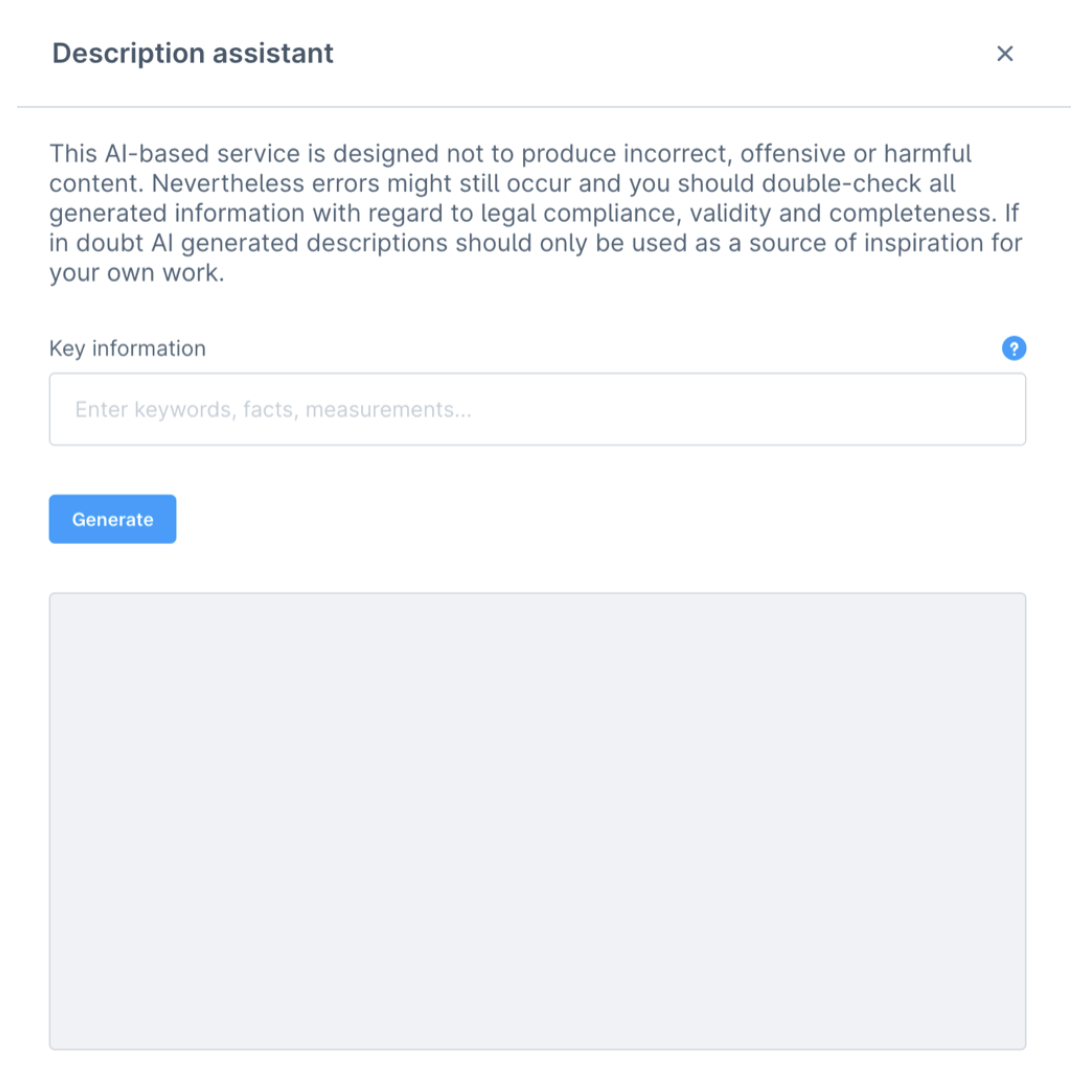
The description helper is located underneath the product description. You can access the description helper by clicking on it.
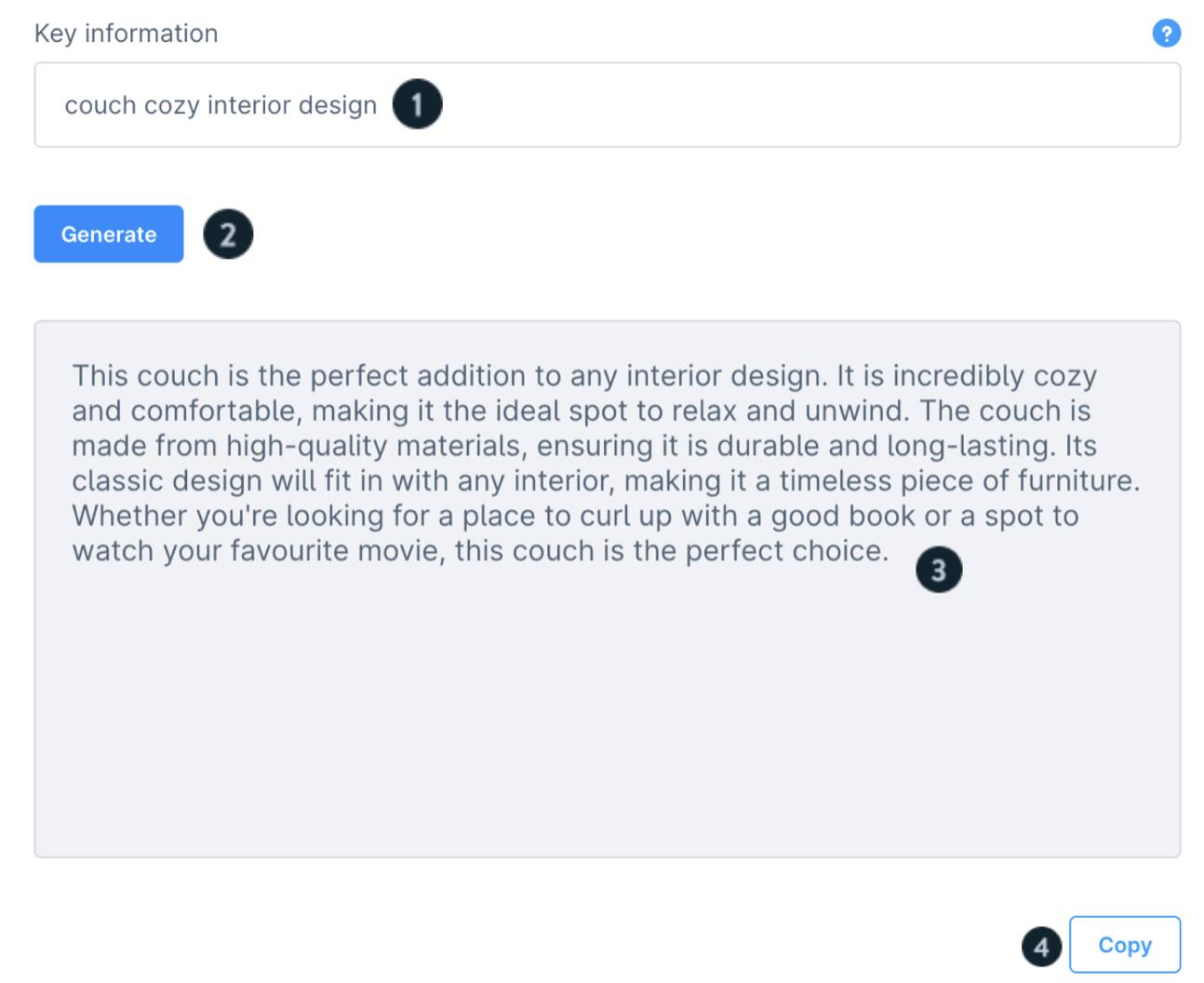
The assistant initially provides critical information on legal compliance, validity, and completeness. The AI must first be fed data before it can produce text.
As a result, you have the following options:
- Quickly create product descriptions. With the description assistant, you can quickly generate sales-driven product descriptions in the administration. There is no need to open a new tab or register for an AI tool, and there are no hidden fees. Alternatively, you may begin immediately and save crucial time.
- Improve the level of your product descriptions. Write an interesting, well-ranked, and audience-tailored product description based on the keywords that are relevant to you. This increases your reach, increases your conversion rate, and decreases your return rate.
Shopware 6.5 – What exactly was in Release Candidate?
Version 6.5 of Shopware has been released. Prior to that, they produced a release candidate (RC) to put it through its paces. This gives developers the opportunity to test the pre-release version and submit feedback to Shopware.
Let’s go over everything we were promised to repair and include in the upcoming patch. We’ll then see what came out and what didn’t.
If you don’t want to read about all of the features, you may watch a .
Custom entities in Shopware CMS
The Shopware content management system makes it simple for merchants to generate, arrange, and deliver various types of material to consumers in order to convey their story. The ability to use custom entities in CMS has been added to the capabilities of various content production platforms.
With this implementation, developers may utilize the admin-aware flag in their custom entity’s XML file, which will automatically build a detail page in the administration panel’s content section for such entities.
Developers may already use it to test the new flag for custom entities. This feature will be expanded in future editions.
Combined rule conditions
This functionality makes adding new rules easier. It has the potential to drastically simplify work.
Several admin components for rule conditions can be joined to form a single generic component that handles fields according to a predefined configuration structure. These modifications make adding new rules faster and easier.
Queue System
This function dramatically altered the queuing system. It is now entirely built on Symfony Messaging standards.
Changes to the queue memory/system are now possible. Additionally, several channels can be employed to optimize the queue worker’s resources.
Upgraded Installer
Following the official release of Shopware 6.5, the Shopware Community Edition will no longer be available as zip files on the Shopware website. When you download Shopware from the website, you will instead receive a phar-file that acts as an installer and updater.
Further information on this .
Changed Fonts in the Admin Panel
The “Inter” font family has been added to the administration. This feature improves readability.
Additional information is available on .
Increased Administrative Efficiency
By integrating lazy loading and optimizing start-up calls and chunks, the performance of the Shopware administration was greatly improved.
New Admin Panel Icons
The Shopware administrative panel’s icons have been changed with those from the .
Bootstrap 5.2.2 Update
In Shopware 6.5, the Storefront will only support Bootstrap version 5. Bootstrap v4 is no longer included with Shopware. The Bootstrap framework has also been upgraded to version 5.2.2.
Internet Explorer 11 is no longer supported
Because Bootstrap v5 no longer supports Internet Explorer 11 (IE11), and IE11’s market share has declined dramatically, IE11 support has been discontinued. This also enables for the future use of more current web technologies.
Removed jQuery dependency
Bootstrap v5 no longer includes jQuery as a dependency. In addition, native Javascript APIs and browser support have greatly increased in recent years. As a result, jQuery is no longer available as a dependency in Shopware.
Light Design Update
A minor design change was made to the storefront. To increase contrast and readability, the primary colors and border colors have been modified.
New Storefront Figma Library
The platform-independent storefront Figma library will be published alongside Shopware 6.5 and is now available. This includes our new storefront design as well as “properties” in Figma instead of administration options.
Getting rid of the custom off-canvas implementation
Bootstrap v5 now contains an off-canvas component. Instead of a proprietary implementation, the Shopware 6.5 storefront employs this Bootstrap v5 off-canvas. The API for running the storefront off canvas stays unchanged.
Quantity Selectors Update
Shopware modified the product quantity pickers. Instead of a menu, input fields with plus and minus buttons are now utilized to define the amount of a product to be added to or updated in the cart.
Webpack 5
The module bundler webpack, which is used to create JavaScript modules for production, has been upgraded to the most recent version 5.75.0 in the marketplace. We were also able to upgrade old webpack loaders and plugins as a result of this.
Updates of ESlint, Stylelint, Sass & Babel setup
Earlier, the JavaScript code for the storefront’s creation was optimized to function with Internet Explorer 11 and other now-outdated browsers. This has changed, and Babel has been upgraded to the more recent version 7.20.12, which no longer supports IE11. This also minimizes the size of the output JavaScript package. The.browserslist has also been adjusted to conform to Bootstrap v5.
ESLint (now v8.31.0) and Stylelint (now v14.9.1) were both upgraded to the most recent version.
Use of the SameSite Cookie Strategy Subsequently
Shopware CSRF protection was removed in favor of the SameSite cookie scheme, which was previously in place in Shopware 6.
If you updated or added CSRF protection forms, please delete any calls to the twig function sw csrf, as well as any hidden input fields that include the csrf token. You can no longer utilize the JavaScript properties window.csrf or window.storeApiProxyToken. The path frontend.csrf.generateToken will no longer function.
Manifest Schema Upgraded
The manifest.xsd schema for app-system-based apps has been revised to v2.0.0, which includes breaking changes.
Remove Prefixes in the Manifest File
The navigation items for an app in the administration were produced using the app name as a prefix. This may result in shortened navigation entries.
In the administration of Shopware 6.5, just the module label, not the app name, is displayed.
Updates to the Admin Order Module
The administration’s order module has undergone major revisions to improve the user experience.
As a result, any plugin-system-based programs that modify the order module in the administration must be tested by their developers. These apps are almost certainly incompatible with 6.5 and will need to be updated.
If you wish to try this update on your own, .
Dockware
“What is Dockware?” you may be thinking. Let’s look for an answer.

Dockware is a community-supported project that aims to produce a lightweight and simple docker contrainer for shopware – for developers, project managers, or anybody else interested in trying shopware or getting started with development.
Dockware is essentially a managed Docker installation for Shopware 6. It allows you to instantly launch Shopware 6 using dockware.io. for additional information about this platform.
Conclusion
Shopware is always changing. The platform is growing in strength as a result of periodic upgrades and the addition of new features. At this rate, Shopware has the potential to completely transform e-commerce.
Shopware aids industry development and supports AI technologies in digital commerce by incorporating AI into its platform.
If you wish to check the update yourself, you may do so .
And, don’t forget about our Shopware app – .
This program lets you import and export data from your shop. You may export your Shopware product catalog as a single CSV, XML, or Excel XLSX file, with all custom attributes and readable values rather than IDs.



